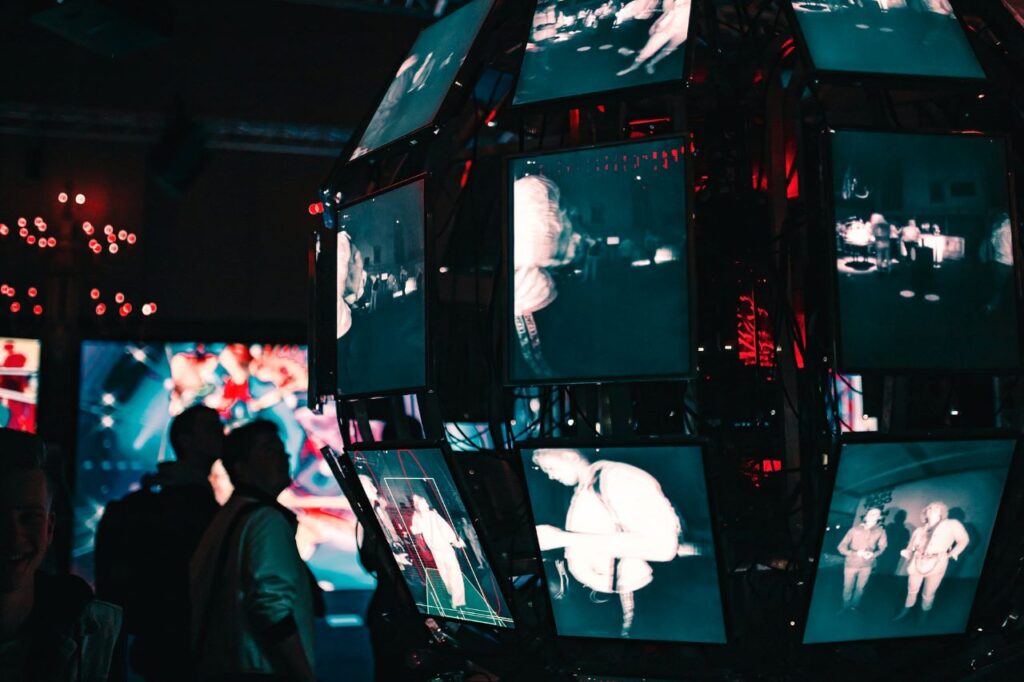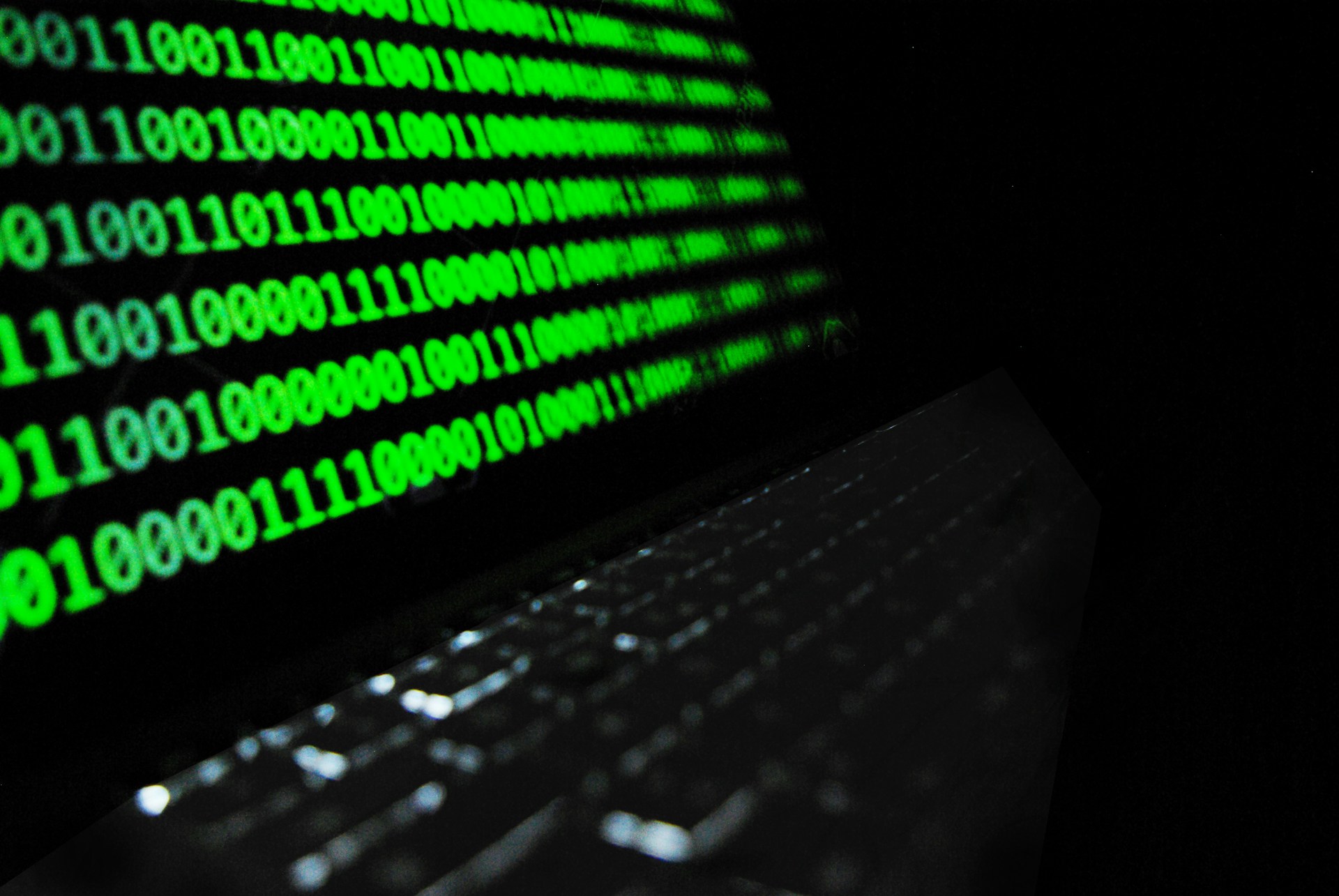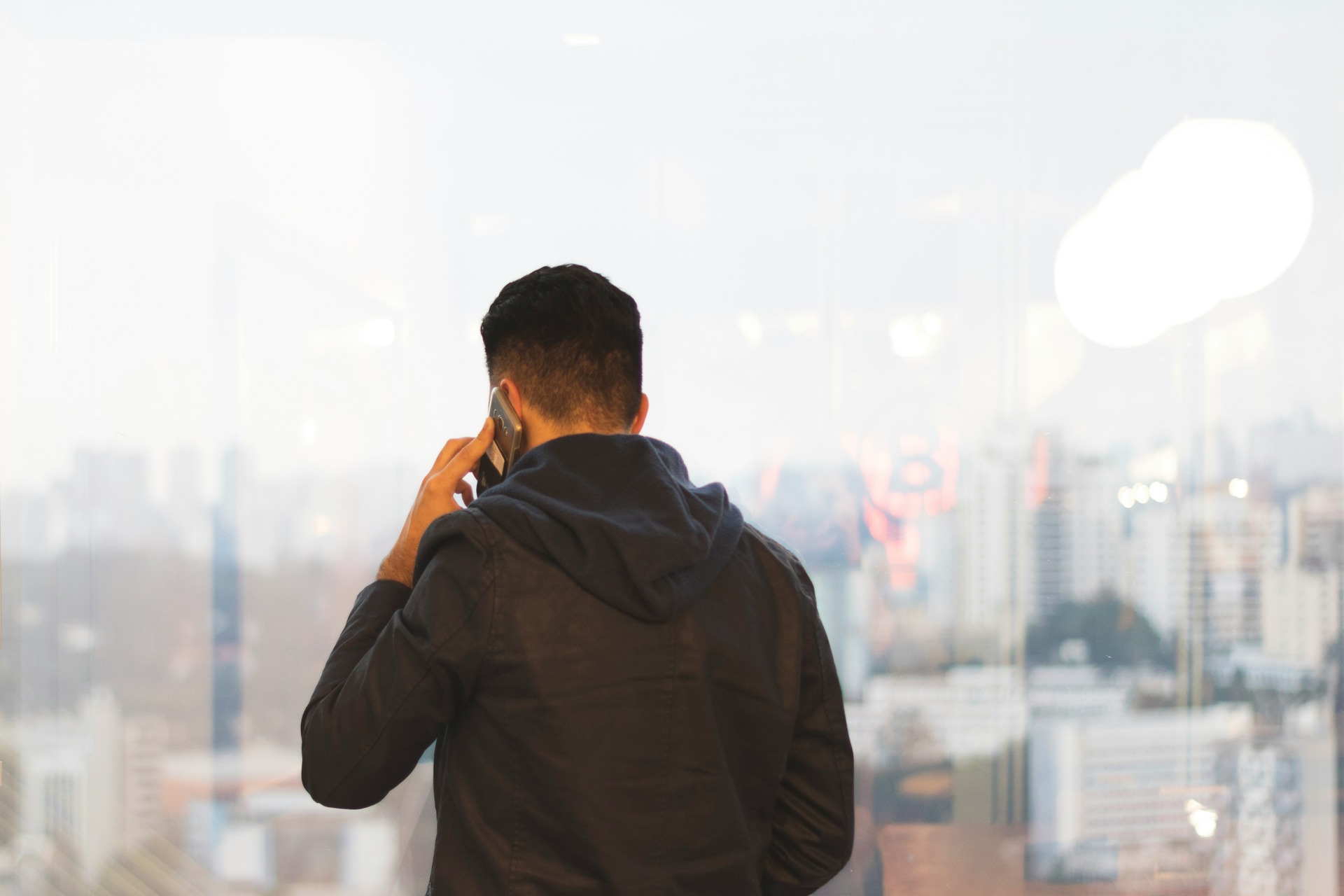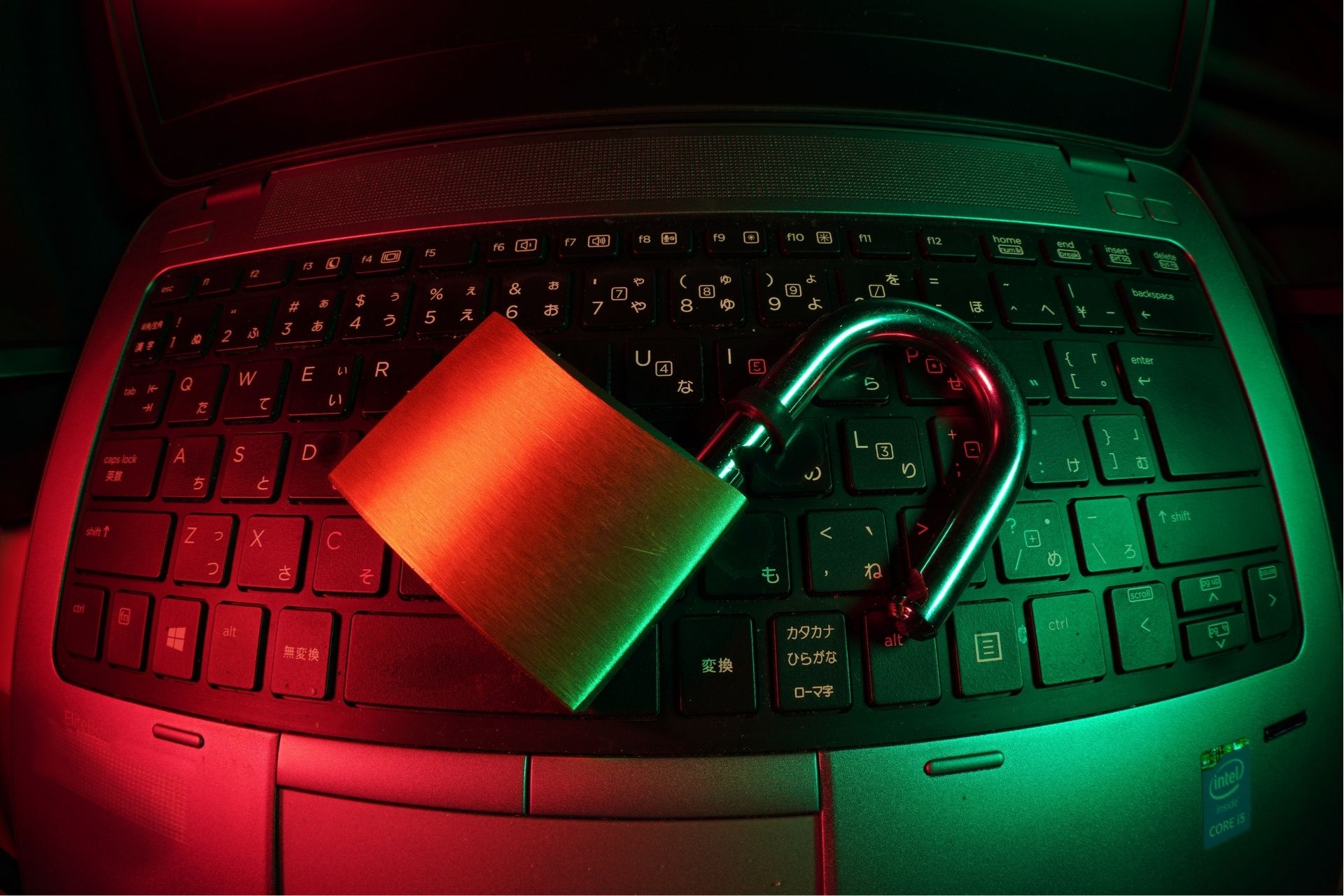Facial recognition is everywhere today. You use it to unlock your phone, airports use it for security, and you’ll even see it in photo-organizing apps. As common as it is, though, it’s not without controversy. There are both significant pros and cons of facial recognition technology.
Like many technologies, facial recognition does a lot of good for the world but could also do a lot of damage. Here’s a closer look at its ups and downs.
Pros of Facial Recognition
First, let’s go over the pros of facial recognition. There’s a reason this technology has become so popular, and it’s not just because the government likes to spy on you. Facial ID has extensive benefits in security and accessibility.
It’s Secure
The biggest advantage of facial recognition is that it’s much safer than passwords. That’s why Apple and other phone companies have made it the standard for unlocking your phone. Using AI, a hacker could crack an eight-character password in just one second, but they can’t recreate your face that easily.
Most people reuse passwords and don’t use strong ones to begin with. That’s understandable, too, considering how many passcodes you have to remember. It’s much easier and safer to use your face instead, as it’s entirely unique and requires thousands of data points to match.
Facial recognition is even more secure when you use it for multi-factor authentication (MFA). MFA can stop 99.9% of attacks, and biometrics are one of the most secure MFA options because they don’t rely on hackable accounts or guessable security questions.
It’s Fast
Another pro of facial recognition technology is that it’s fast. Typing in a password takes time. That time is even more inconvenient when you’re using MFA, which requires additional steps to get into your account. Facial recognition works almost instantly, making security much more convenient.
Think of how easy it is to get into your phone now. You used to have to type in a password, which takes more time the more complex and secure it is. Add wet fingers or rushed typing mistakes into the equation, and it’d be a frustrating experience. With facial ID, you can avoid all that and get in just by looking at your phone.
That speed is important because it makes reliable security easier. When the safest thing is also the easiest thing, more people will use secure options. It’s also worth noting that this convenience makes technology more accessible for people with some disabilities that may make touchscreens or typing difficult.
It Has Many Useful Applications
Facial recognition is also a surprisingly versatile technology. While it’s most common as a replacement for passwords, that’s far from the only thing it can do.
As you might expect, facial recognition has several use cases in security. Many airports use it to match people to their travel documents to make sure everyone is who they say. Some banks use it to fight fraud in the same way. You can also find facial recognition features in home security cameras that alert you when they detect someone at the door.
Facial recognition can serve areas outside of security, too. Your phone may use it to recognize people in images and organize them accordingly to make it easier to find pictures of some people. Online stores can use it to show you how glasses or makeup might look on you by pairing it with augmented reality.
Cons of Facial Recognition
Of course, the other side of the pros and cons of facial recognition deserves attention, too. As helpful as this technology can be, it introduces several prominent concerns.
You Can’t Change It
While facial recognition is more secure than passwords, it has one glaring disadvantage as a login method — you can’t change it. Passwords are easy to breach, but you can switch them regularly to prevent credential stuffing, where attackers use known passwords to get into other accounts. You can’t change your face, so that’s not possible with biometrics.
Facial recognition technology must store your biometric data for it to work. Multiple real-world cases and security researchers have proved that it’s possible to steal this data and use it elsewhere.
Imagine a hacker stole your facial recognition data in a data breach. They could then use it to open anything you use facial recognition for instead of a password and you wouldn’t be able to stop them because you can’t change your face. The only option would be to turn off biometrics completely.
It Doesn’t Work Well for Everyone
Like many forms of AI, facial recognition also has a bias problem. In one extreme case, an image-labeling AI assigned racist and sexist labels to some images or labeled others as treasonists despite lacking such connections. Issues like this are even more concerning when you think of government agencies or security forces using this technology.
Even when the consequences aren’t so dramatic, facial recognition doesn’t work well for all skin tones or ethnicities. Studies show that nearly all tested face recognition algorithms have varying degrees of accuracy when considering different races. Most often, these models have trouble identifying people of color accurately.
At its best, this discrepancy means some technologies are less convenient for some people. At its worst, it can lead to dangerous stereotyping and legal consequences such as police facial recognition accidentally misidentifying people as criminals because of their race.
It Raises Surveillance Concerns
Finally, facial recognition can amplify concerns over government or corporate surveillance. Many people already worry about how much data is out there about them. Throwing your facial data into the mix elevates things.
Law enforcement agencies could use facial recognition to identify suspects in public. While that could lead to increased safety in some cases, that’s only if it works 100% accurately all the time. Even if it’s consistently accurate, not everyone is comfortable with the idea of cameras scanning their faces in public, where they may not realize it.
Collecting people’s facial data in public could also expose them to damaging data breaches when they didn’t consent to give away this information in the first place. These concerns are even more troubling in light of facial recognition’s racial bias.
There Are Serious Pros and Cons to Facial Recognition
These aren’t the only pros and cons of facial recognition, but they’re some of the most significant factors to consider. As technology advances, lawmakers and tech companies need to be aware of both sides of the issue.
Facial recognition can do a lot of good, but it can do just as much harm. It all comes down to how people use it and how the technology improves from here.
Recent Stories
Follow Us On
Get the latest tech stories and news in seconds!
Sign up for our newsletter below to receive updates about technology trends














